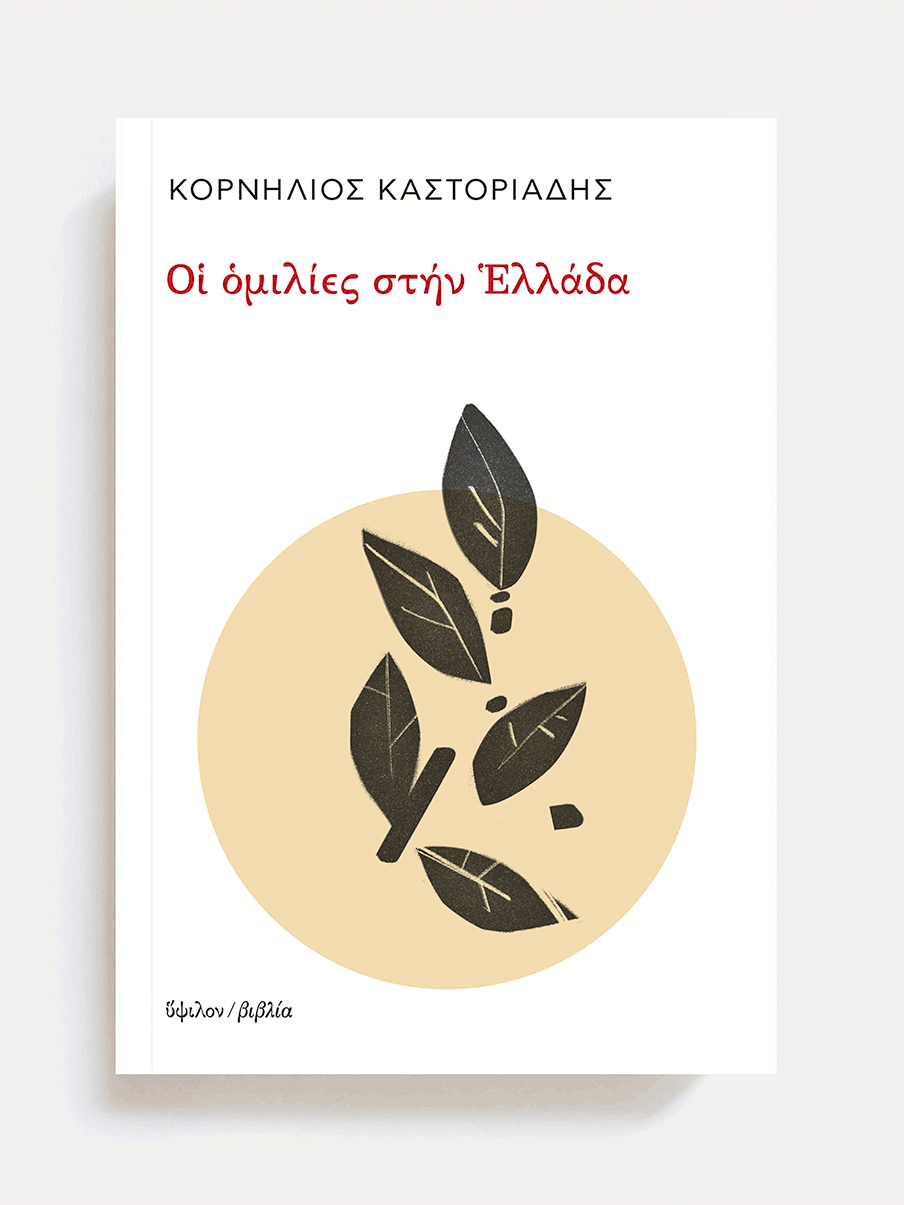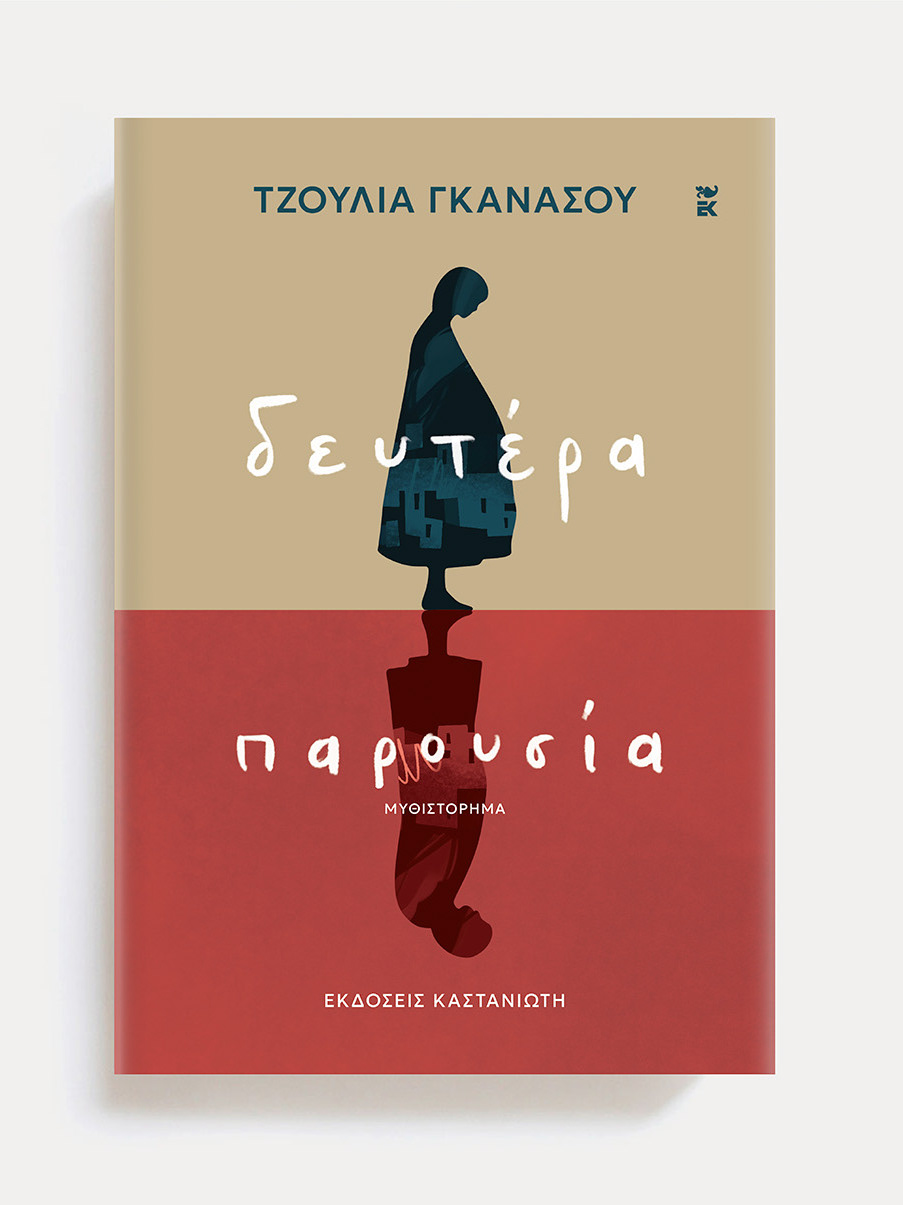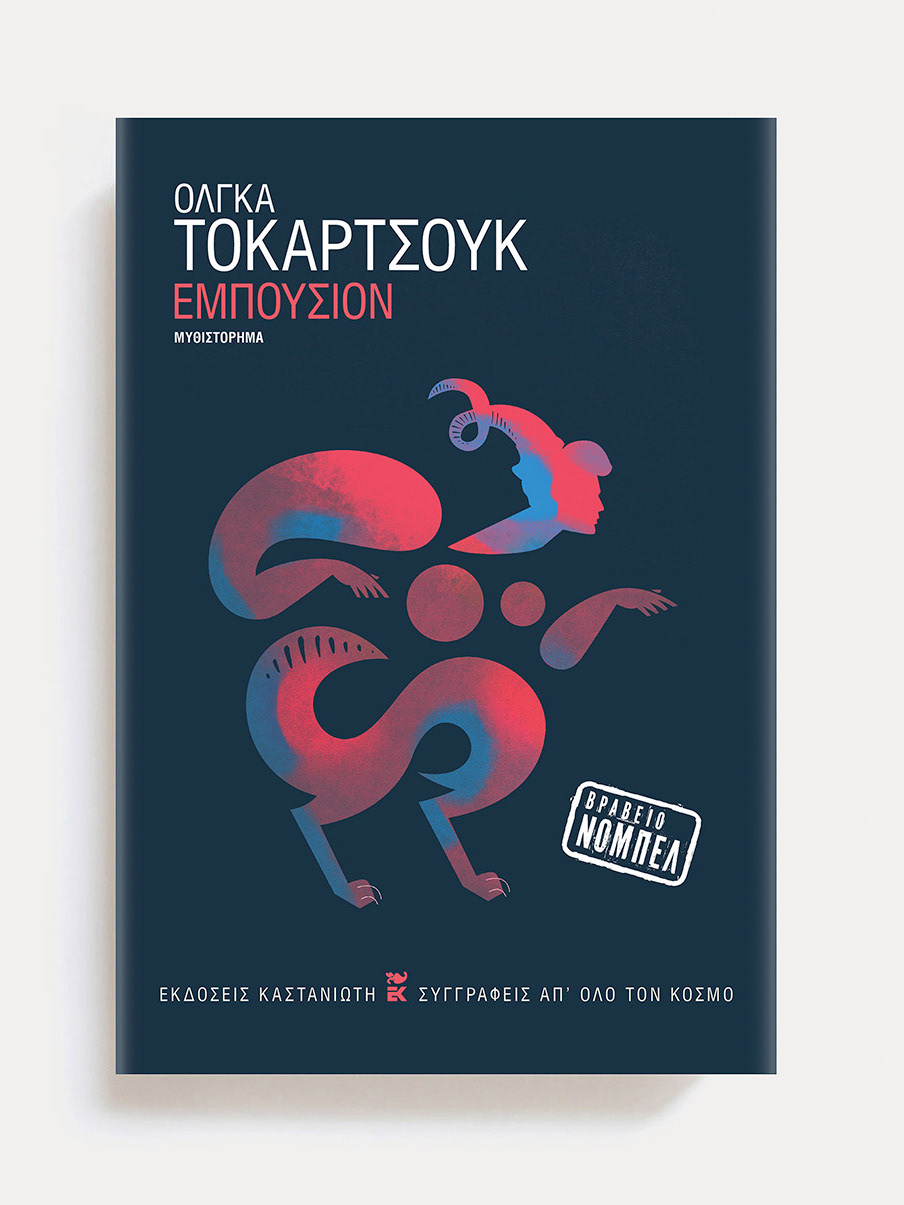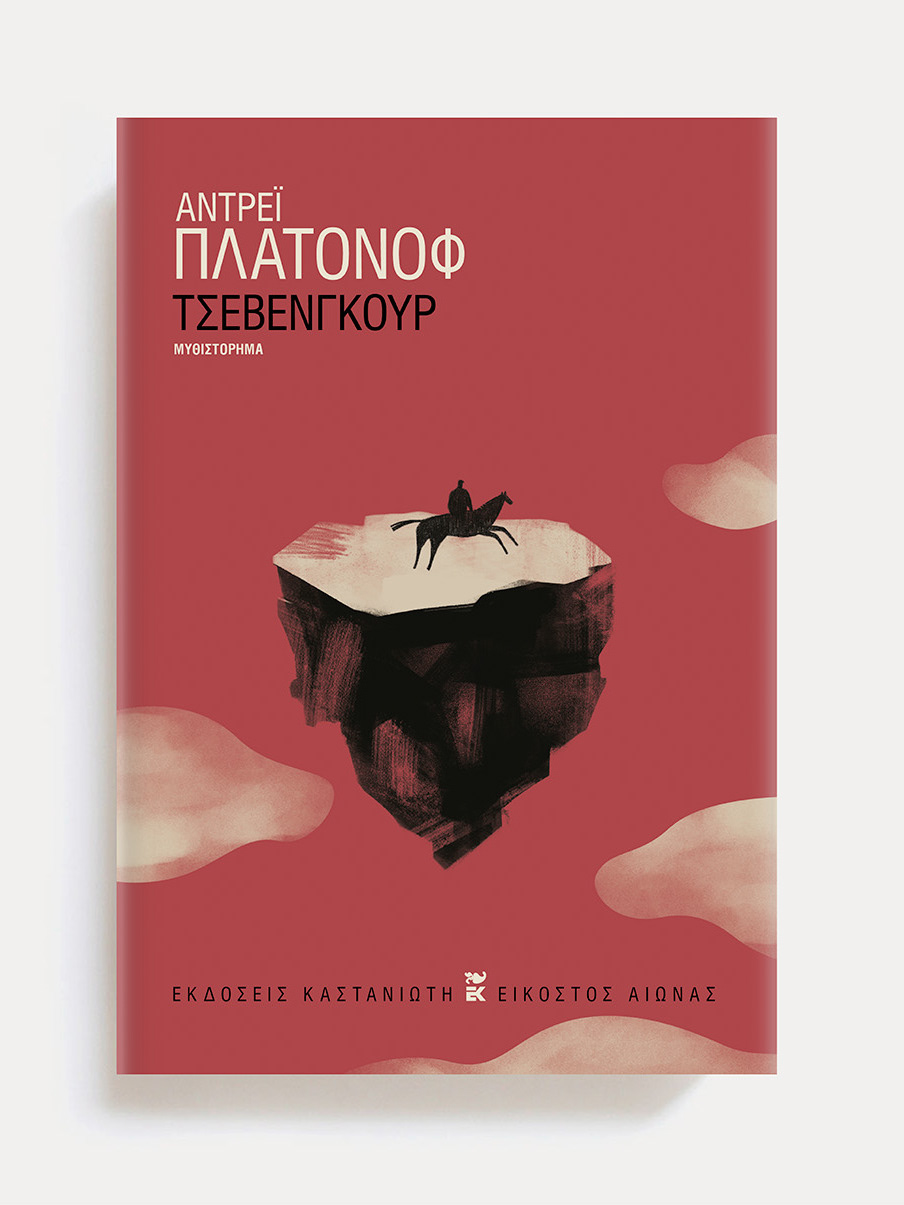This collection brings the epic poem to life through unique illustrations, each capturing the spirit, symbols, and deeper meanings of Odysseus' legendary journey. From the hero himself to the creatures and challenges he encounters, every illustration is thoughtfully designed to reflect this classic tale's core themes and allegories.
LOTUS-EATERS • Somewhere along their journey, a few of Odysseus’ companions went ashore on the island of the lotus-eaters. It’s gentle habitants greeted them with offerings of lotus fruit, a narcotic berry that made them tranquil, forgetful and utterly indifferent to returning home.
SIRENS • Beautiful bird-women who lured unsuspecting sailors with their irresistible, sweet voices, then promptly sent them to a watery grave. Odysseus, heeding to Circe’s warning, used beeswax to plug the ears of his companions and ordered them to tie him tightly onto the ship’s mast. Thus, he was able to hear the sublime sirens’ song without falling victim to their sorcery.
POLYPHEMUS • The giant, Polyphemus, trapped Odysseus in his cave and began devouring his comrades, until the king of Ithaca got him “blind drunk” and drove a burning stake into his eye. As the man-eating Cyclops desperately cried out for help, Odysseus and his companions snuck out of the cave undetected, each clinging to the belly of a sheep.
SCYLLA • The fearsome female sea-beast with twelve tentacles and six heads that swallowed sailors whole in the narrow passage where she dwelled with the insatiable Charybdis. Thanks to Circe’s cautious instructions, Odysseus managed to navigate the deadly strait, a nearly impossible feat, but at the solemn cost of 6 lost crewmen.
CIRCE • Intelligent, powerful and skilled in magic, Circe’s hospitality included turning Odysseus’ companions into swine, taking him as a lover, bestowing crucial wisdom that would help Odysseus overcome impending dangers and finally, reversing her metamorphosis of his men.
SUITORS • During Odysseus’ long absence, Ithaca’s aristocratic youth took up residency in his palace, squandering his estate and eagerly contending for Penelope’s hand in marriage. When Odysseus reached the island disguised as a beggar, he crushed them in a bow and arrow challenge and restored order to his home and kingdom.
PENELOPE • Wise and level-headed, Penelope was much more than a universal symbol of marital commitment. She nimbly avoided years of intense pressure to take a new husband, saying she first had to finish weaving her father-in-law’s shroud. Each night, with the secret hope of Odysseus’ return, she’d unravel her day's work, perpetuating, thus, the suitors' anticipation.
ODYSSEUS • Ithaca’s cunning king, Odysseus, is the ideal ancient-Greek hero. After the Trojan War, where he made a name for himself as a resourceful and brave fighter, the Homeric hero began another adventure, his ten-year homecoming journey where he faced extrinsic, as well as esoteric, obstacles that both challenged and reaffirmed his value system.










